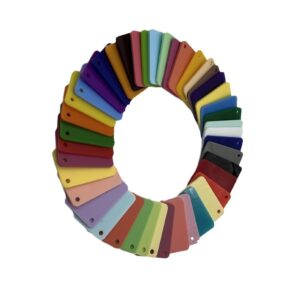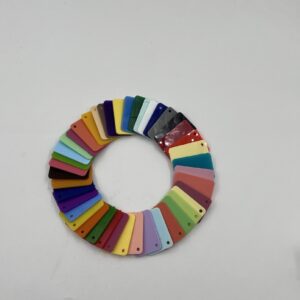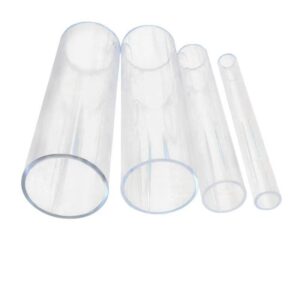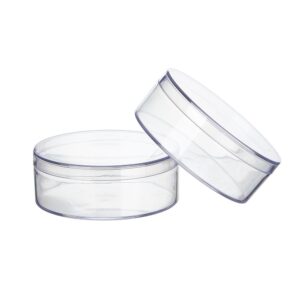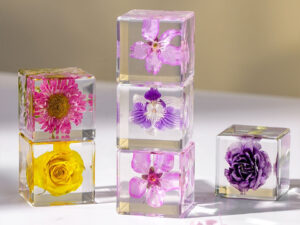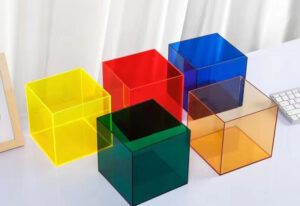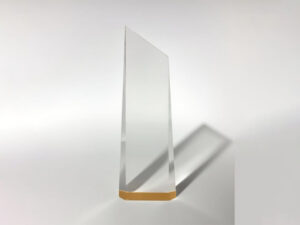Summary
The discussion surrounding sports trophies frequently highlights the choice between acrylic and metal materials, both of which have distinct advantages and drawbacks that influence their suitability for various awards.
Acrylic trophies are lauded for their affordability, lightweight nature, and modern aesthetic, making them a popular option for budget-conscious organizations and events targeting younger audiences. In contrast, metal trophies are revered for their durability, prestige, and timeless appeal, often seen as symbols of significant achievements and used in more formal award settings. This ongoing debate reflects broader trends in trophy design, including personalization, technological integration, and sustainability considerations.
Notable controversies in the selection of trophy materials often stem from perceptions of value and longevity. While acrylic trophies may offer a contemporary look and customization options, critics argue they lack the premium feel associated with metal awards, which are perceived as more prestigious but can be cost-prohibitive for some organizations. Environmental considerations also play a role, as the recyclability of acrylic is often viewed as less straightforward compared to metals, raising questions about the sustainability of each choice.
Furthermore, the evolution of trophy design has seen an increase in the use of mixed materials, with many awards now combining acrylic and metal to leverage the benefits of both. This trend not only enhances the visual appeal of trophies but also caters to a growing demand for unique, customizable awards that reflect individual achievements. Understanding the pros and cons of acrylic and metal trophies is essential for organizations seeking to make informed decisions that align with their values and objectives in recognition practices.
Table of Contents
Overview of Trophy Materials
Trophies are crafted from a variety of materials, each offering distinct aesthetic qualities, durability, and suitability for different occasions. Understanding the characteristics of these materials is essential in selecting the right trophy that reflects the tone of the event and honors the recipient appropriately.
Acrylic Trophies
Acrylic is a modern and versatile material that closely resembles glass but is significantly lighter and more durable. This material is known for its affordability, making it an excellent choice for budget-friendly awards, particularly in sports and corporate recognition. Acrylic trophies can be customized in various shapes and colors, and they offer a contemporary look that appeals to younger audiences. Additionally, with options for 100% recycled acrylic, they serve as an eco-friendly choice for awards, aligning with sustainable practices.
Metal Trophies
Metal has long been a respected material in trophy making, recognized for its strength, permanence, and luxurious appearance. Common metals used in trophies include aluminum, brass, bronze, and stainless steel, each providing a different visual and tactile experience. Metal trophies exude a sense of prestige and are often associated with significant achievements, making them suitable for formal events and prestigious awards. Their durability allows them to withstand various environmental conditions, making them ideal for long-term display.
Wood Trophies
Wooden trophies offer a traditional aesthetic and a warm, tactile quality that can enhance the overall appeal of the award. They are often used in conjunction with metal elements to create a striking contrast between the natural texture of wood and the sleekness of metal. Wood trophies can also be engraved, allowing for personalized messages or designs, which adds sentimental value to the award.
Combinations of Materials
Recent trends in trophy design have seen an increasing use of mixed materials to create visually dynamic awards. Combinations like acrylic with metal or wood with metal are gaining popularity as they allow for a unique contrast of colors and textures. For instance, plated aluminum paired with acrylic creates a trophy that is both heavy and colorful, appealing to a broad audience. The innovation of using various materials not only enhances aesthetic appeal but also aligns with modern trends of sustainability and customization.
3D Printed Trophies
3D printed trophies represent a niche yet growing segment in the awards market. They allow for intricate and customizable designs, although they typically come at a higher cost compared to conventional trophy-making methods. This technology enables the creation of unique shapes and personalized designs, catering to the desires of specific events or recipients. By understanding the strengths and weaknesses of each material, individuals and organizations can make informed choices that ensure their trophies effectively convey the significance of the achievements being recognized.
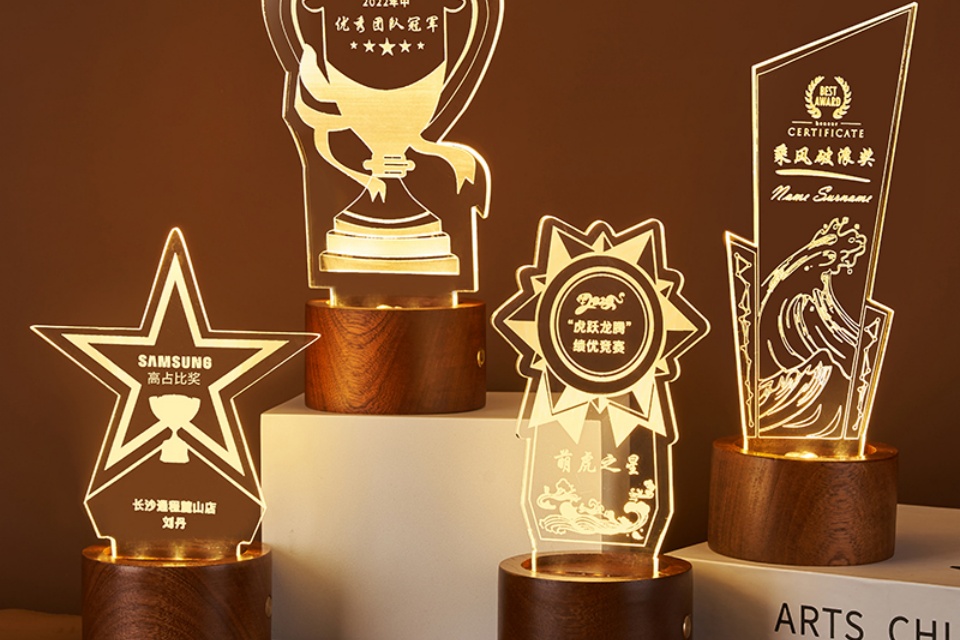
Pros and Cons of Acrylic Trophies
Acrylic trophies have become increasingly popular in various settings, from corporate awards to community recognition ceremonies. Understanding the pros and cons of these awards can help organizations make informed decisions when selecting trophies.
Advantages of Acrylic Trophies
Affordability: One of the primary benefits of acrylic trophies is their cost-effectiveness. They provide a budget-friendly option without compromising on quality or aesthetic appeal.
Durability: Acrylic is known for its resilience, making it less likely to shatter compared to glass or crystal trophies. This durability ensures that acrylic awards can withstand the rigors of transportation and display.
Customization: Acrylic trophies offer significant flexibility in design. They can be molded into various shapes and sizes, and are available in a range of vibrant colors, allowing for personalized touches that can reflect the achievements or identities of recipients. This customization can include unique engravings or incorporation of personal imagery.
Lightweight Nature: The lightweight quality of acrylic makes it easier to handle and transport. This characteristic is particularly beneficial for organizations that may need to store or move trophies frequently.
Visual Appeal: Acrylic trophies can provide a modern and contemporary aesthetic, often featuring a glossy finish that can enhance visual impact at awards ceremonies.
Disadvantages of Acrylic Trophies
Scratch Susceptibility: While acrylic is durable, it is more prone to scratches compared to metal or crystal. Care must be taken to clean and store these trophies to maintain their appearance over time.
Less Premium Feel: Acrylic trophies may lack the weight and prestige associated with metal or crystal awards. Some recipients may perceive them as less valuable due to this difference in tactile experience.
Environmental Concerns: Although acrylic can be recycled, its recycling process is not as straightforward as that of metals like aluminum. Organizations focused on sustainability may need to consider this aspect when choosing materials for their awards.
Limited Longevity: Acrylic trophies generally have a lifespan of 5-10 years, which is shorter than the 10-20 years typically seen with metal awards. This potential longevity difference may influence organizations with long-term recognition plans.
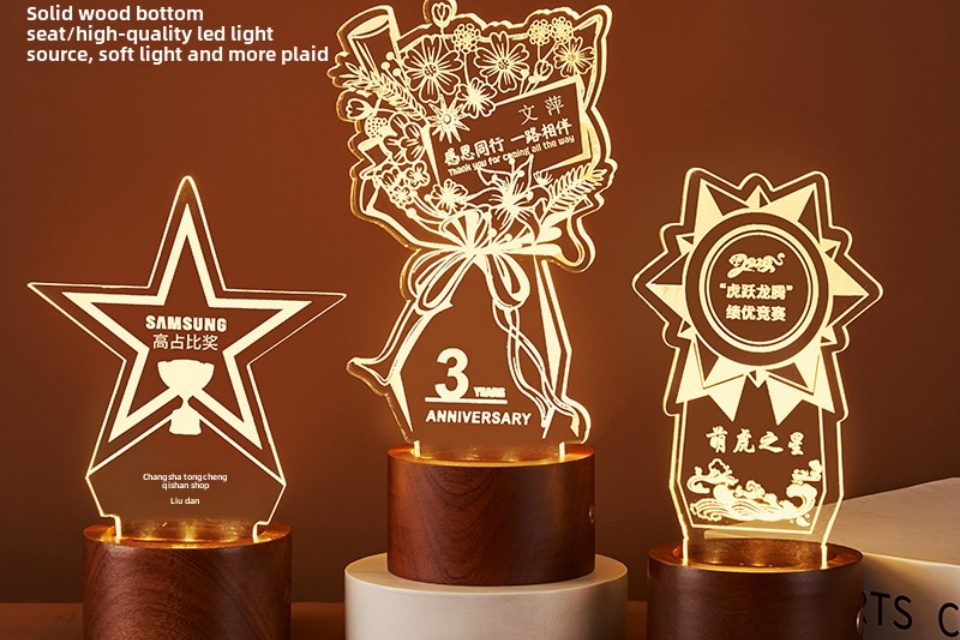
Pros and Cons of Metal Trophies
Metal trophies are widely recognized for their durability and prestigious appearance, making them a popular choice for various awards and competitions. This section outlines the advantages and disadvantages associated with metal trophies.
Advantages of Metal Trophies
Durability and Longevity: One of the primary benefits of metal trophies is their exceptional robustness. They are built to last, often withstanding frequent handling and transportation without significant wear and tear. This durability makes them ideal for high-profile competitions and awards that may be subject to rigorous conditions.
Aesthetic Appeal: Metal trophies offer a classic and timeless look that appeals to many organizations and event planners. Available in various finishes such as matte, shiny, or brushed, they can be customized to fit the theme of the event, enhancing their visual impact. Metals like gold, silver, and bronze convey a sense of honor and achievement, further elevating the perceived value of the award.
Versatility in Design: Metal trophies can be cast into intricate shapes or designed with a sleek finish, allowing for a high degree of customization. This flexibility in design makes it possible to create unique awards that stand out in competitive fields.
Disadvantages of Metal Trophies
Cost Considerations: Despite their many advantages, metal trophies often come with a higher price tag compared to alternatives like acrylic or wood. Premium metals, particularly gold and silver, can significantly increase costs, making them less accessible for some organizations. The investment may be justified for high-end events, but budget constraints could limit their use in more casual competitions.
Maintenance Requirements: While metal trophies are durable, they do require occasional polishing to maintain their luster. This maintenance can be viewed as a drawback, particularly for organizations seeking low-maintenance solutions. In contrast, acrylic awards may only need regular cleaning to avoid scratches, which could be more manageable for some users.
Weight and Installation Challenges: Metal trophies tend to be heavier than their acrylic counterparts, which may pose challenges in terms of transportation and installation. This additional weight can lead to increased labor costs during setup, especially for larger displays or installations.

Trends in Trophy Design
The landscape of trophy design is continuously evolving, driven by advancements in technology, sustainability concerns, and the growing demand for personalization. These trends reflect a shift from traditional materials and designs to more innovative and contemporary approaches.
Personalization and Customization
In recent years, the emphasis on personalization in trophy design has intensified. Thanks to advancements in digital printing and 3D modeling technologies, trophies can now be tailored to reflect the individual recipient’s personality and achievements. This trend encompasses more than simple engravings, offering unique designs and features such as customizable LED displays. The capability to create intricate 3D-printed models further expands the possibilities for bespoke awards, making each trophy a distinct representation of accomplishment.
Integration of Technology
The integration of technology into trophy design marks a significant innovation in the industry. Emerging “smart trophies” come equipped with digital displays and features such as NFC (Near Field Communication) chips or QR codes, which enable recipients to unlock multimedia content related to their achievements. These tech-enhanced awards can provide personalized video messages, digital archives, and even interactive leaderboards, transforming the experience of recognition into a more engaging and memorable one.
Artistic and Abstract Designs
Modern trophy design is increasingly characterized by artistic and abstract forms. Designers are moving away from conventional shapes in favor of sculptural and visually striking trophies that serve as unique art pieces. This trend not only aligns with a growing appreciation for contemporary art but also enhances the aesthetic value of the awards, making them more meaningful to recipients.
Sustainable Materials
With the rise of environmental consciousness, sustainability is becoming a vital consideration in trophy design. Designers are exploring eco-friendly materials such as recycled metals, biodegradable plastics, and sustainably sourced wood. Some innovative designs even incorporate upcycled materials, contributing to waste reduction and appealing to recipients who prioritize sustainability in their choices. This focus on sustainable practices not only lessens environmental impact but also reflects changing cultural values regarding consumption and recognition.
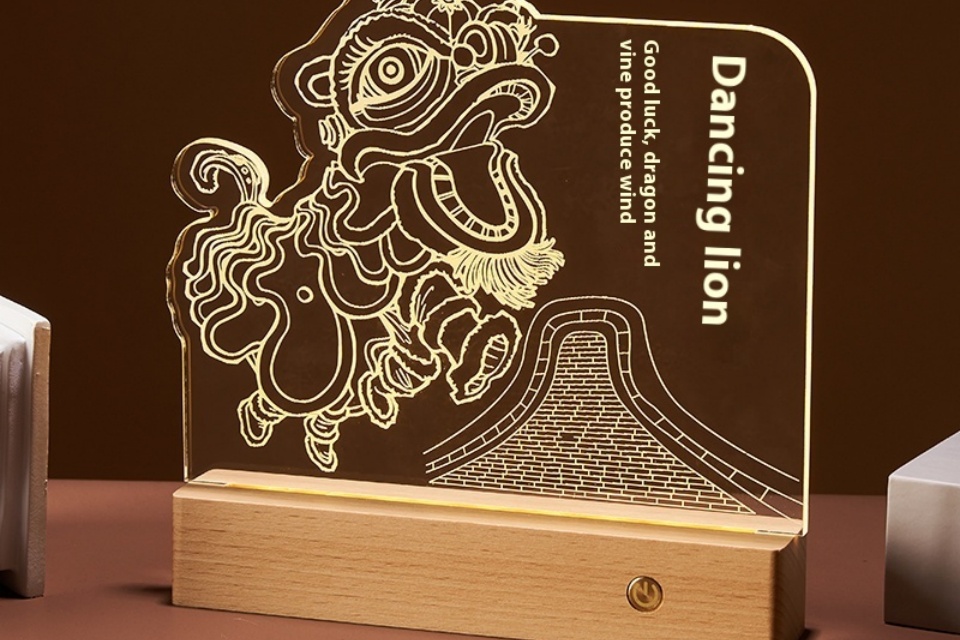
Emotional Connection and Perceptions
The emotional significance of trophies extends far beyond their physical attributes. They serve as powerful symbols of success and achievement, often evoking strong feelings in recipients and observers alike. For many, a trophy represents not just a moment of victory but also the culmination of hard work, dedication, and perseverance. This deep emotional connection can shape individuals’ perceptions of their accomplishments and motivate them toward future endeavors.
The Trophy Effect
Known as the “trophy effect,” tangible awards have a lasting psychological impact that reinforces intrinsic motivation. When individuals receive a trophy, it acts as a reminder of their achievements, keeping motivation levels high long after the initial recognition has occurred. This long-term psychological reinforcement is crucial, particularly in competitive environments such as sports, education, and corporate settings. Psychologists differentiate between intrinsic motivation, which is driven by personal satisfaction, and extrinsic motivation, which is fueled by external rewards like trophies.
Perceptions of Value
The perceived value of trophies can vary significantly based on their material, design, and the emotional connections individuals have with them. While traditional materials like metal and wood convey prestige and history, modern materials such as acrylic offer versatility and affordability. The choice of material can influence not only the trophy’s aesthetic appeal but also its emotional resonance with the recipient. For example, acrylic trophies are known for their clean, contemporary look and durability, making them an attractive option for many recognition programs. However, some may still view them as less prestigious than their glass or metal counterparts, highlighting how perceptions of value can differ widely among recipients.
Trophies as Motivational Tools
Ultimately, the role of trophies in fostering motivation and shaping perceptions cannot be understated. They serve as reminders of past successes, encouraging individuals to pursue new goals with vigor. The emotional impact of receiving a trophy, whether for personal achievement or as part of a team, can create lasting memories and foster a sense of belonging and pride in one’s efforts. Thus, selecting the appropriate type of trophy-whether acrylic, metal, or another material-becomes a vital consideration in recognizing achievements effectively and meaningfully.





